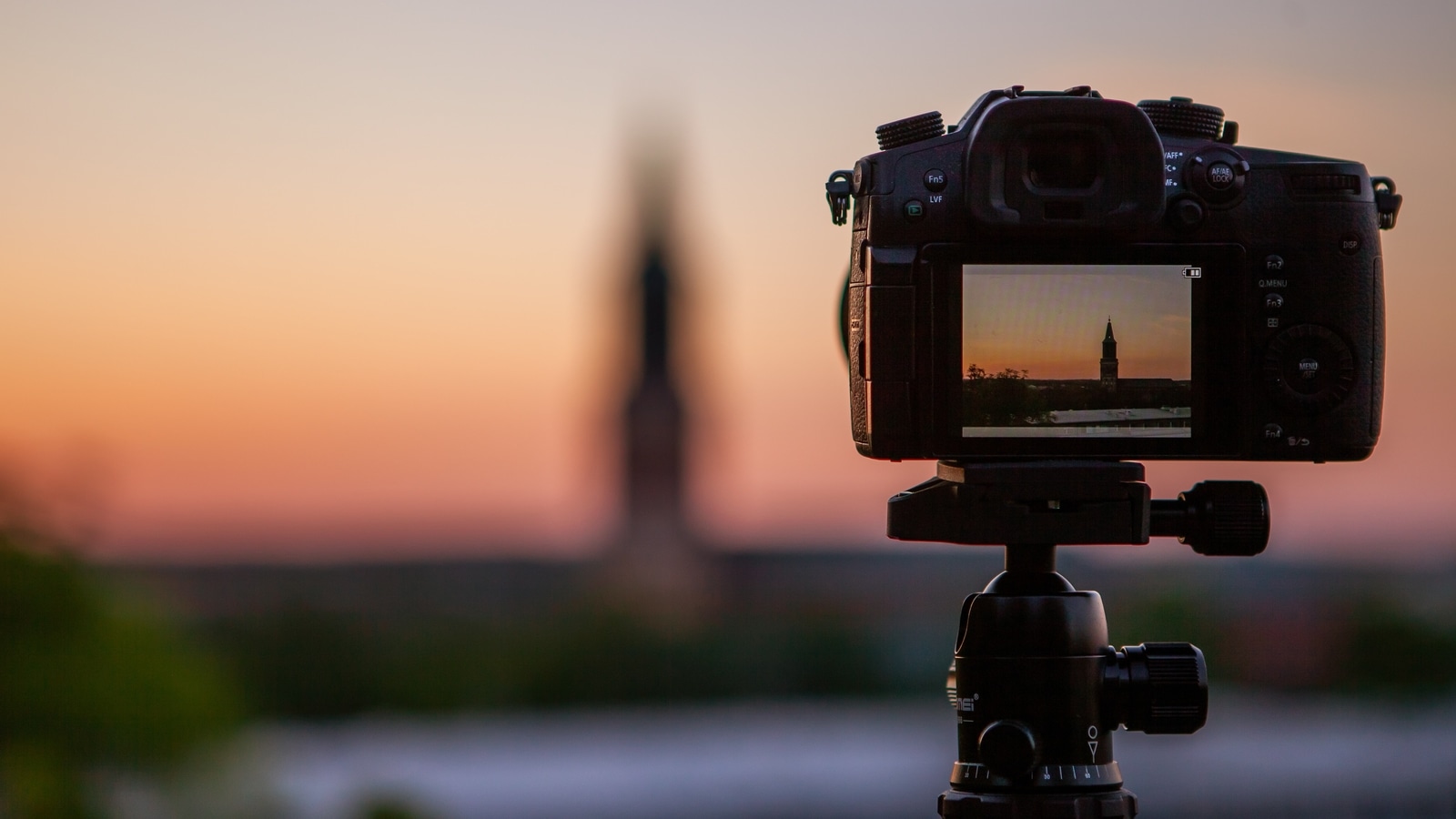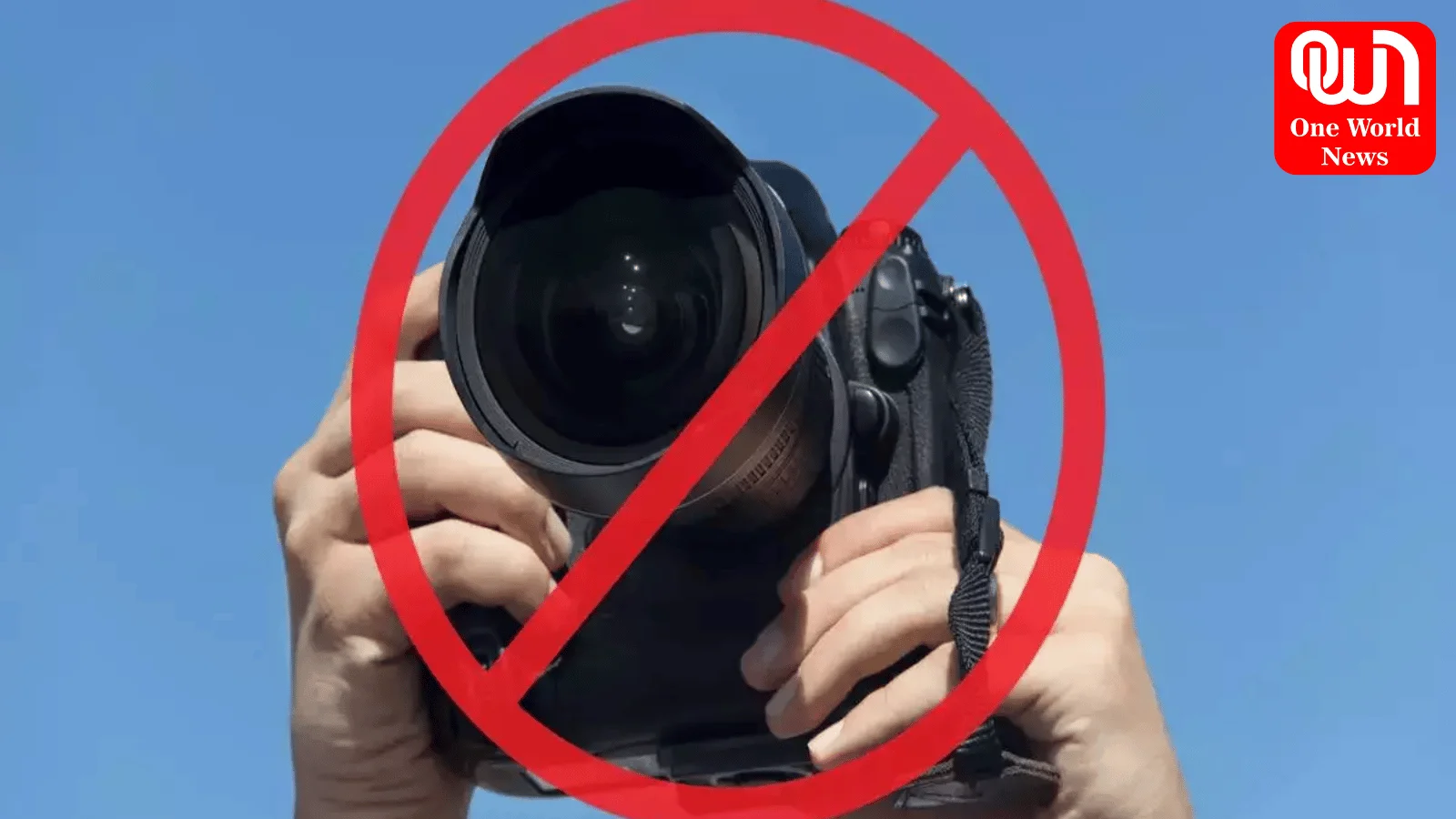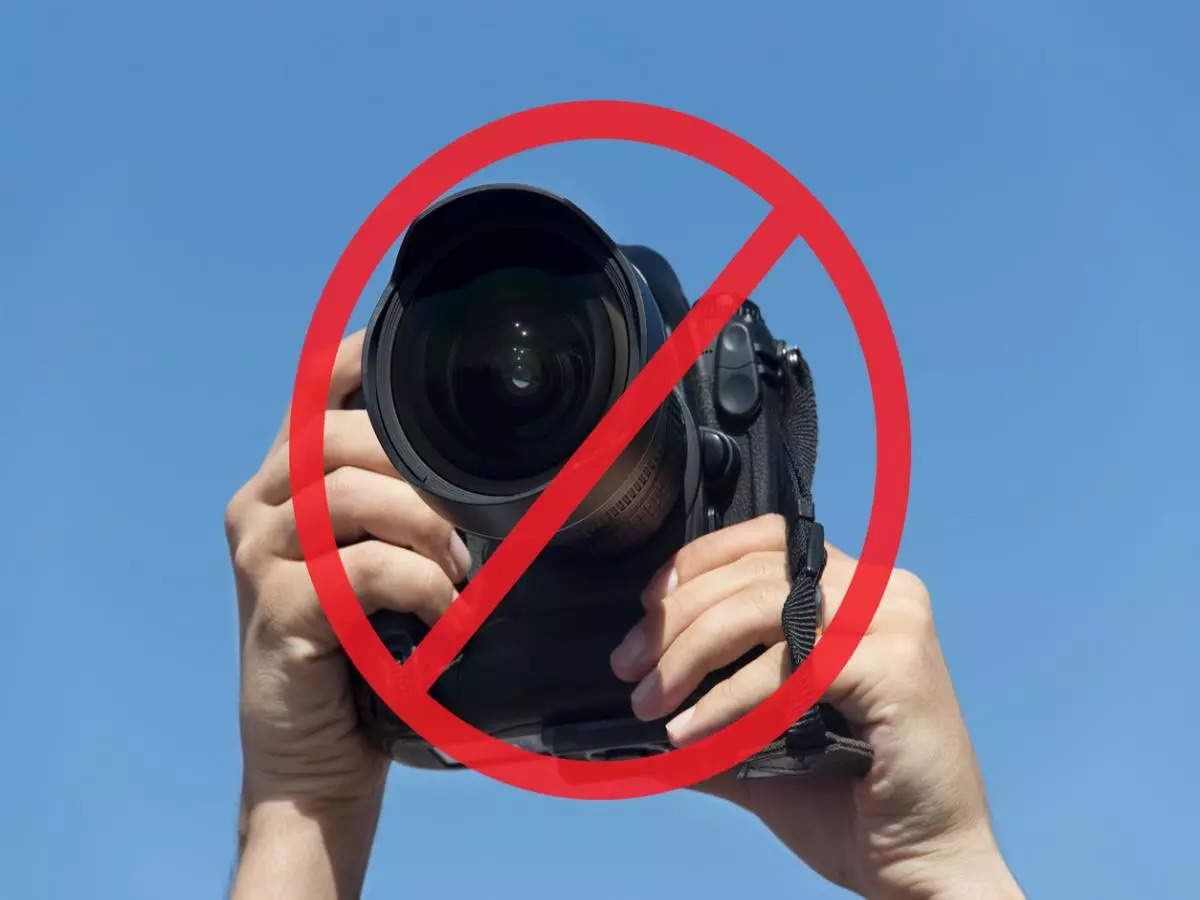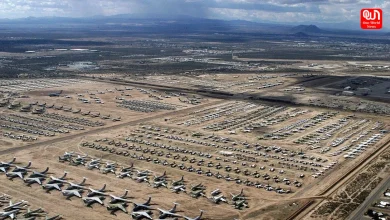NO CAMERAS ALLOWED! ICONIC ATTRACTIONS WHERE PHOTOGRAPHY IS BANNED
Discover iconic attractions where cameras are banned, preserving their sanctity and mystery. Experience them through your own eyes.
Exploring the Veiled: Iconic Attractions Where Photography is Banned
In an era dominated by social media and the incessant quest for the perfect snapshot, certain iconic landmarks stand in stark defiance, shrouded in a veil of secrecy where cameras are unwelcome. Despite the temptation to capture every moment for posterity, these attractions have strict regulations in place, prohibiting photography within their confines. Let’s delve into these enigmatic destinations where the lens is forbidden to roam.
Preserving the Sanctity: Taj Mahal, India
Nestled in the heart of India, the Taj Mahal stands as a testament to eternal love and architectural prowess. However, within the confines of this majestic mausoleum, photography is strictly prohibited. Security measures are rigorously enforced to uphold the sanctity of the tomb, ensuring that the serene ambience remains undisturbed by flashing cameras.
The Illuminated Icon: Eiffel Tower, Paris
As the sun dips below the horizon, transforming the Parisian skyline into a canvas of twinkling lights, the Eiffel Tower undergoes a metamorphosis. Bathed in a golden glow, it transcends its status as a mere structure, evolving into a captivating work of art. However, once illuminated, photography becomes a forbidden act. Copyright protections veil the tower, prohibiting the sharing of images for commercial or personal purposes, leaving visitors to bask in its splendour without digital documentation.
Read more: What happens when you take an ice bath for 8 minutes like Vidya Malavade?
Guardians of Secrecy: Kumsusan Palace of the Sun, North Korea
Venturing into the clandestine realm of North Korea, visitors are met with stringent security measures upon entering the Kumsusan Palace of the Sun. Here, within the hallowed halls where the revered leaders Kim Il-sung and Kim Jong-il rest, photography is strictly forbidden. Every precaution is taken to safeguard the secrecy surrounding this enigmatic site, ensuring that its mysteries remain veiled from the prying lens.
A Silent Witness: The Alamo, Texas
Steeped in history and heroism, The Alamo stands as a silent witness to a pivotal moment in time. Within its hallowed grounds, guided tours proceed in reverent silence, punctuated only by whispered tales of valour. Photography is strictly prohibited during these solemn excursions, with visitors urged to pay homage to the fallen by respecting the sanctity of the site.
Guardians of Tradition: Westminster Abbey, England
As a bastion of British history and tradition, Westminster Abbey commands reverence from all who cross its threshold. While photography is permitted from the exterior, the sacred aura enveloping the interior remains untouched by the flash of cameras. The prohibition on photography serves to preserve the solemnity of this historic edifice, allowing visitors to immerse themselves fully in its storied past.

A Consecrated Space: Sistine Chapel, Vatican City
Within the hallowed confines of the Sistine Chapel, silence reigns supreme as visitors gaze upon the masterpieces adorning its walls and ceiling. Despite the completion of a restoration project decades ago, photography remains strictly prohibited within this sacred space. Exclusive rights bestowed during the restoration continue to shield the chapel from the invasive gaze of cameras, preserving its ethereal beauty for generations to come.
Read more: For Gen Z, an Age-Old Question: Who Pays for Dates?
Fortress of Privacy: Presidential Palace, United Arab Emirates
In the realm of the United Arab Emirates, the Presidential Palace stands as a fortress of privacy, shrouded in secrecy and security. Photography and videography are strictly prohibited within its confines, with stringent penalties awaiting those who dare to defy the ban. This prohibition extends to other government buildings and military installations, underscoring the commitment to safeguarding privacy and security.
Guardians of Legacy: Valley of the Kings, Egypt
Nestled along the banks of the Nile, the Valley of the Kings stands as a testament to Egypt’s ancient legacy. Within this archaeological marvel, a strict no-photography policy is enforced, with fines imposed on those attempting to clandestinely capture its wonders. The prohibition serves as a poignant reminder of the importance of preserving history for future generations, ensuring that the legacy of the pharaohs remains untarnished by the lens.
Sacred Grounds: Uluru Kata-Tjuta National Park, Australia
Deep within the heart of the Australian Outback lies Uluru, a sacred monolith steeped in Aboriginal tradition. Within the confines of the Uluru Kata-Tjuta National Park, photography of certain sacred sites and ceremonies is strictly prohibited. Professional photographers are barred from entering the park, respecting the cultural significance of this ancient landmark and honouring the traditions of its custodians.
We’re now on WhatsApp. Click to join.
In a world consumed by the incessant need to capture every moment on camera, these iconic attractions stand as bastions of tradition and secrecy, where the lens is forbidden to roam. Despite the allure of the perfect snapshot, some destinations are best experienced through the naked eye, preserving their mystique for generations to come.
Like this post?
Register at One World News to never miss out on videos, celeb interviews, and best reads.









